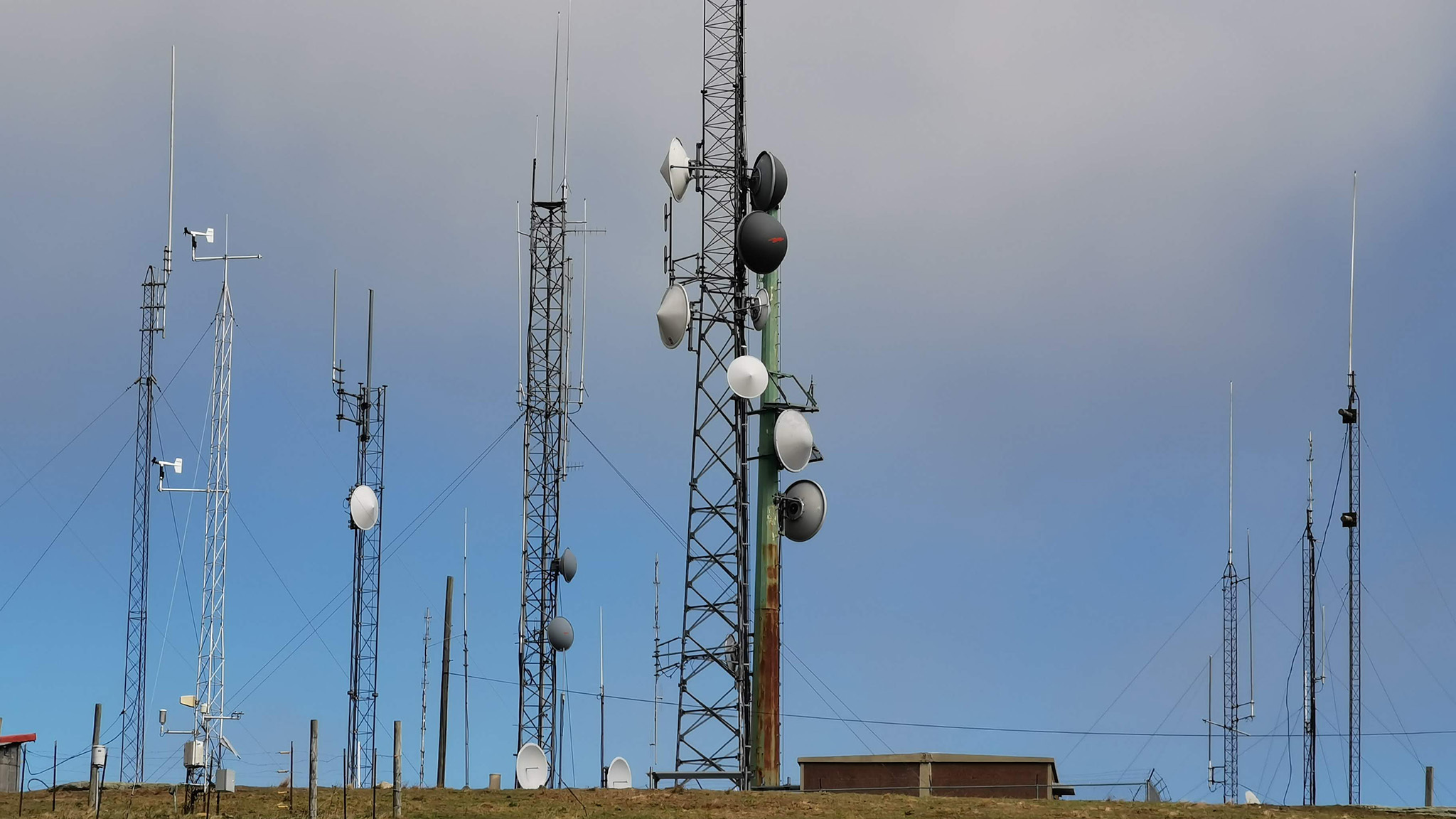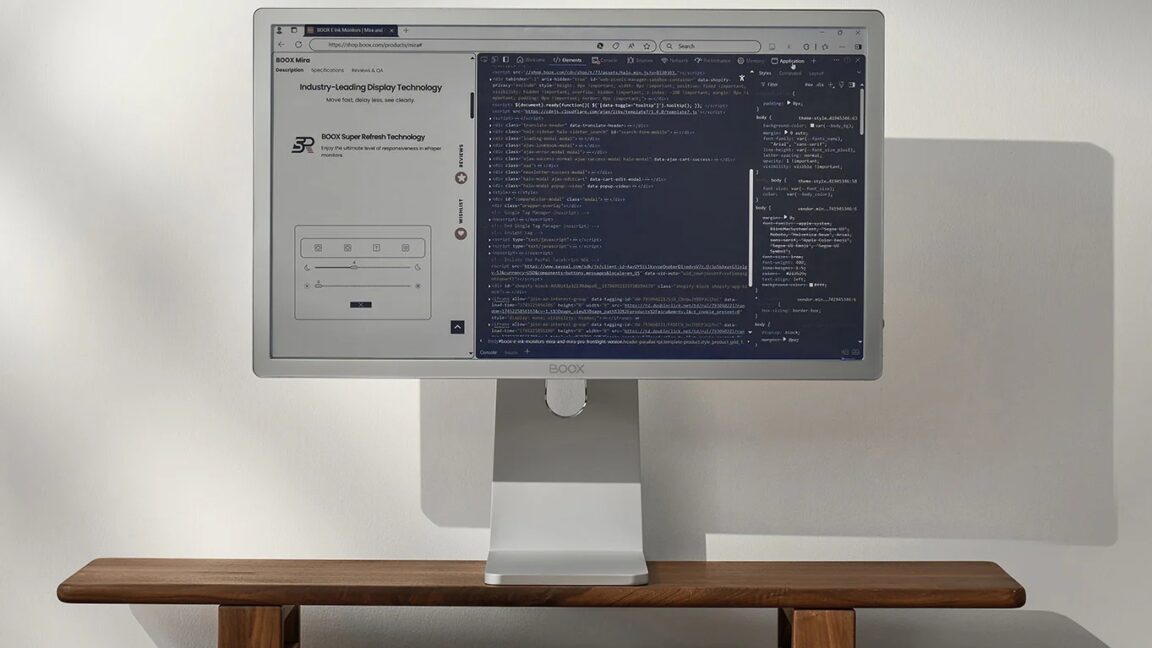Conducting Penetration Testing – CISO’s Resource Guide
In today’s digital landscape, organizations are constantly threatened by cyber adversaries who exploit vulnerabilities with increasing sophistication. For Chief Information Security Officers (CISOs), penetration testing is no longer a periodic checkbox but a dynamic and strategic necessity. It enables organizations to proactively uncover weaknesses before attackers do, offering a real-world view of security posture. As […] The post Conducting Penetration Testing – CISO’s Resource Guide appeared first on Cyber Security News.

In today’s digital landscape, organizations are constantly threatened by cyber adversaries who exploit vulnerabilities with increasing sophistication.
For Chief Information Security Officers (CISOs), penetration testing is no longer a periodic checkbox but a dynamic and strategic necessity. It enables organizations to proactively uncover weaknesses before attackers do, offering a real-world view of security posture.
As regulatory pressures mount and attack surfaces expand, especially with cloud, IoT, and remote work, CISOs must take charge of integrating robust penetration testing programs.
This article provides a concise, leadership-focused guide to help CISOs design, implement, and future-proof penetration testing strategies that protect assets and align with business goals.
The Evolving Role of Penetration Testing in Cybersecurity
Penetration testing has evolved from a purely technical exercise into a business-critical function that empowers organizations to manage risk effectively.
For CISOs, penetration testing is valuable not only because it finds vulnerabilities but also because it helps them understand how exploiting those vulnerabilities could impact the business.
Modern penetration tests simulate real-world threats, revealing how attackers could move laterally, escalate privileges, or exfiltrate sensitive data. As a result, penetration testing now informs risk management, compliance, and incident response planning at the executive level.
It also helps CISOs demonstrate due diligence to regulators, customers, and boards by providing evidence of proactive security measures.
With attack techniques and regulatory requirements constantly changing, penetration testing must be continuous and adaptive. This ensures organizations can keep pace with emerging threats and maintain resilience in uncertainty.
Building a Robust Penetration Testing Program
A successful penetration testing program is built on clear objectives, structured processes, and ongoing measurement. CISOs should focus on the following key components:
- Define Clear Objectives: Establish what you want to achieve, whether it’s regulatory compliance, risk reduction, or validation of incident response plans. Align testing goals with business priorities to ensure relevance and executive support.
- Scope and Frequency: Determine which systems, applications, and networks will be tested, and how often. Critical assets and high-risk environments may require more frequent or in-depth testing, while less critical areas can be tested rotationally.
- Leverage Internal and External Expertise: Combine the knowledge of internal security teams with the fresh perspective of external testers. This hybrid approach uncovers blind spots and ensures comprehensive coverage.
- Integrate with Risk Management: Use penetration testing results to inform risk assessments and prioritize remediation efforts. Map findings to business impact to drive actionable decisions and resource allocation.
- Continuous Improvement: Treat penetration testing as an ongoing process, not a one-time event. Regularly review methodologies, update test scopes, and incorporate lessons learned from incidents and industry trends.
By embedding these practices into the organization’s security culture, CISOs can ensure that penetration testing delivers meaningful insights and drives tangible improvements in security posture.
A metrics-driven approach, tracking remediation times, recurring vulnerabilities, and test coverage, enables ongoing optimization and demonstrates value to stakeholders.
Future-Proofing Penetration Testing for Resilience
As technology and threats evolve, penetration testing strategies must evolve, too. The emergence of cloud-native architectures, IoT devices, and AI-driven attacks has expanded the attack surface and introduced new complexities.
CISOs must ensure their penetration testing programs are agile and forward-looking, capable of addressing current and emerging risks.
This means adopting advanced testing techniques such as red teaming, which simulates persistent adversaries operating over extended periods, and leveraging automation to scale testing across dynamic environments.
Integrating penetration testing into the software development lifecycle is essential. This enables security to keep pace with rapid application changes and DevOps practices.
CISOs should foster a culture of collaboration between security, IT, and business units, ensuring that findings are communicated in business terms and drive cross-functional action.
By championing continuous education and threat intelligence sharing, CISOs can keep their teams ahead of the curve and maintain organizational resilience.
- Embrace automation and threat intelligence to identify and prioritize vulnerabilities in real time, reducing the exposure window.
- Translating technical findings into business risk engages executive leadership and the board, securing ongoing investment in security initiatives.
Ultimately, penetration testing’s effectiveness depends on its ability to adapt, scale, and deliver actionable insights.
By taking a proactive, business-aligned approach, CISOs can transform penetration testing from a compliance exercise into a powerful tool for resilience and competitive advantage, ensuring their organizations are prepared for the future.
Find this News Interesting! Follow us on Google News, LinkedIn, & X to Get Instant Updates!
The post Conducting Penetration Testing – CISO’s Resource Guide appeared first on Cyber Security News.




























![Epic Games Wins Major Victory as Apple is Ordered to Comply With App Store Anti-Steering Injunction [Updated]](https://images.macrumors.com/t/Z4nU2dRocDnr4NPvf-sGNedmPGA=/2250x/article-new/2022/01/iOS-App-Store-General-Feature-JoeBlue.jpg)




























































![Google Home app fixes bug that repeatedly asked to ‘Set up Nest Cam features’ for Nest Hub Max [U]](https://i0.wp.com/9to5google.com/wp-content/uploads/sites/4/2022/08/youtube-premium-music-nest-hub-max.jpg?resize=1200%2C628&quality=82&strip=all&ssl=1)
























































































































































































































![[The AI Show Episode 145]: OpenAI Releases o3 and o4-mini, AI Is Causing “Quiet Layoffs,” Executive Order on Youth AI Education & GPT-4o’s Controversial Update](https://www.marketingaiinstitute.com/hubfs/ep%20145%20cover.png)

















































































































![[DEALS] Mail Backup X Individual Edition: Lifetime Subscription (72% off) & Other Deals Up To 98% Off – Offers End Soon!](https://www.javacodegeeks.com/wp-content/uploads/2012/12/jcg-logo.jpg)












































































.png?width=1920&height=1920&fit=bounds&quality=70&format=jpg&auto=webp#)

.png?width=1920&height=1920&fit=bounds&quality=70&format=jpg&auto=webp#)


































































